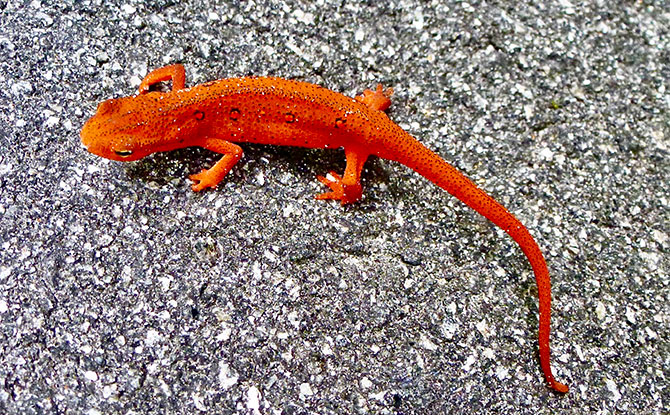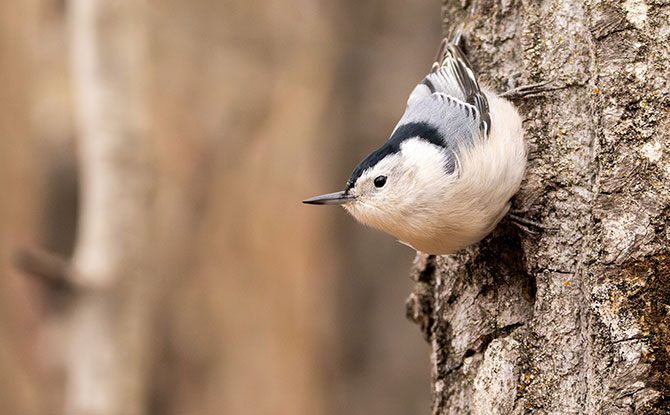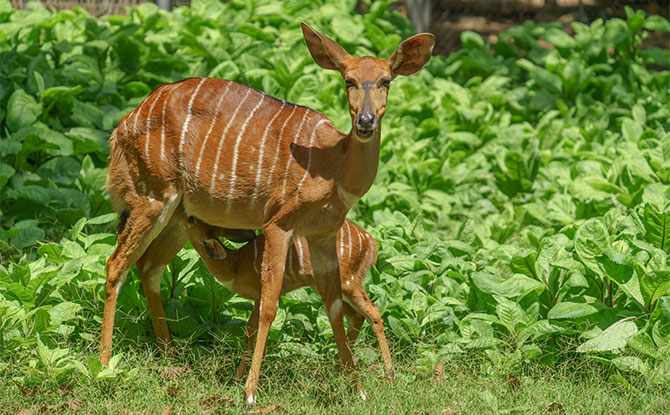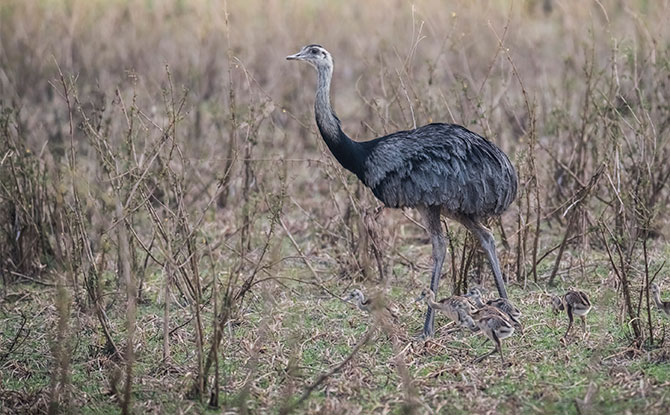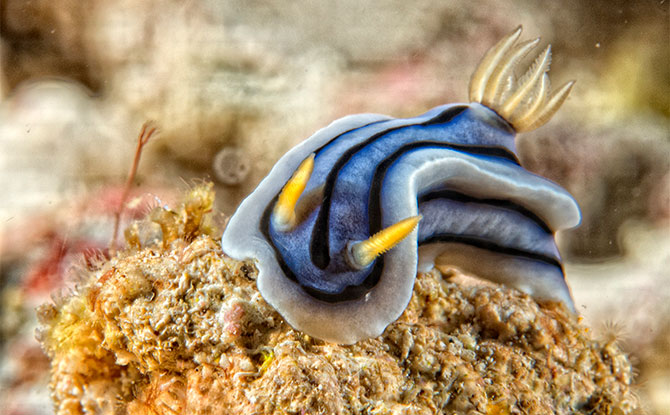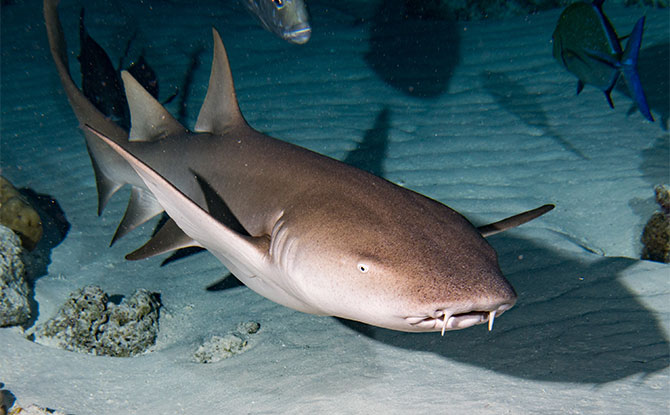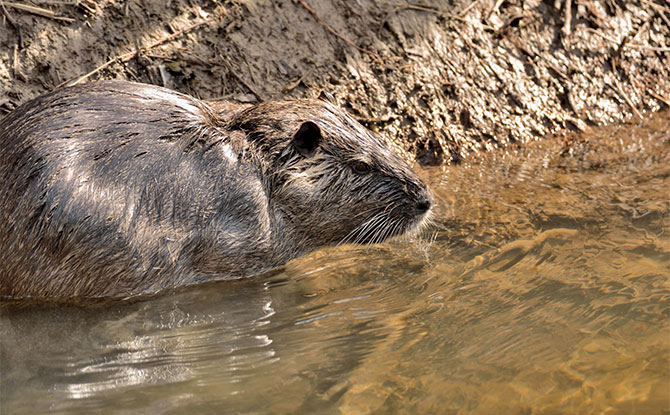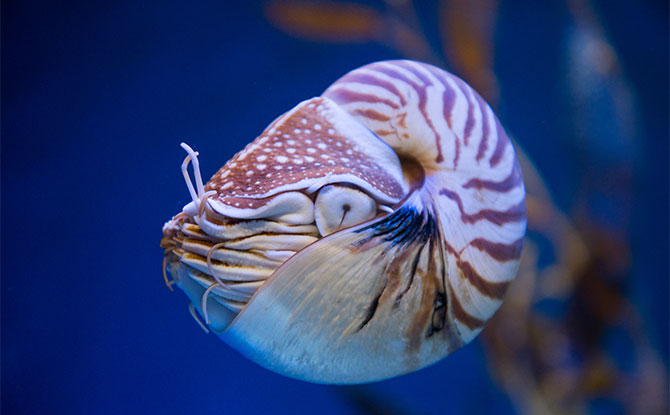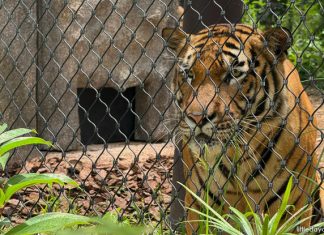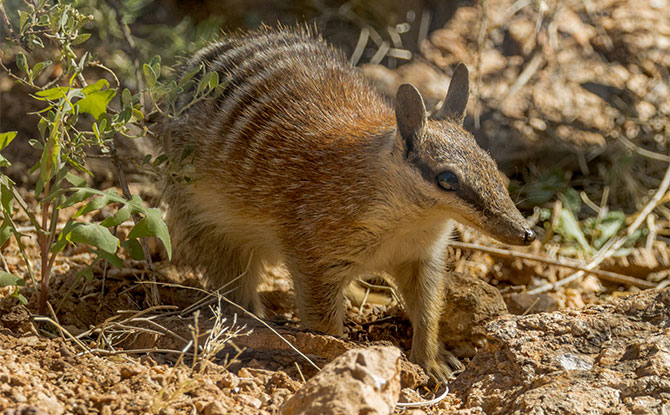
From majestic marine mammals to beautiful birds, fascinating reptiles, and more, we’ll take you on a journey through the wild world of animals starting with N. Discover the unique characteristics, habitats, and conservation efforts surrounding these incredible creatures.
Animals Starting with N
If you are curious about animals such as the narwhal, with its iconic spiral tusk, or the nimble newt, known for its amphibious lifestyle, you’re in for a treat. We’ll delve into the physical features, behaviors, and habitats of these fascinating animals.
Get ready to learn about the enchanting nightingale and its melodic song, the numbat with its specialized diet of termites, and the nuthatch with its distinctive foraging behaviors. We’ll also explore the beauty of the nyala antelope, the uniqueness of the nandu bird, and the vibrant colors of the nudibranch sea slug.
Prepare to be amazed by the docile nurse shark, the agile nighthawk, and the ancient nautilus with its mesmerizing shell. We’ll also introduce you to the nutria rodent, the nautilus tree frog, and many other captivating creatures whose names start with N.
3 Recycling Adventures: Fun Ideas For Kids & Families
1:1 & Small Group English Lessons: How to Get Personalised, English Help
Uncover the wonders of the animal kingdom and discover why animals that start with N are truly exceptional. Let’s dive in and explore the wild world of animals starting with the letter N!
Narwhal

The narwhal is a distinctive marine mammal known for its long, spiral tusk. These incredible creatures possess several intriguing features and behaviors that make them unique in the animal kingdom.
Let’s start with some narwhal facts. Narwhals are medium-sized whales that can grow up to 16 feet in length and weigh around 3,500 pounds. They have a mottled gray or black skin, which helps them blend into their Arctic habitat. The most striking feature of the narwhal is undoubtedly its tusk, which is actually a long, spiraling tooth that can grow up to 10 feet long.
Only males have these impressive tusks, though not all male narwhals develop them.
The purpose of the tusk is still a subject of scientific debate, but it is believed to play a role in mating displays and possibly in hunting as well.
In terms of narwhal behavior, these whales are known for their social nature. They typically live in small groups called pods, which can consist of a few individuals to several dozen members. Narwhals are skilled divers and can descend to depths of up to 5,000 feet in search of their prey, which primarily consists of fish, squid, and shrimp.
When it comes to narwhal habitat, they are native to the Arctic waters of Canada, Greenland, Norway, and Russia.
They are well adapted to this extreme environment, with a thick layer of blubber that helps them withstand the frigid temperatures. Narwhals are also known for their ability to break through thick sea ice using their heads, which they do to create breathing holes.
Newt
Newts are fascinating small amphibians that can be found in various habitats around the world. Let’s explore some interesting newt facts and learn more about their diverse species, unique physical adaptations, and intriguing life cycle.
There are several different species of newts, each with its own distinct characteristics. Some of the most well-known species include the Eastern newt, the Smooth newt, and the Palmate newt. These species vary in size, coloration, and habitat preferences.
Newts have adapted to a wide range of environments, from forests and meadows to wetlands and ponds. They can also be found in both terrestrial and aquatic habitats, making them incredibly adaptable creatures.
One of the most impressive features of newts is their ability to regenerate body parts. If a newt loses a limb or even its tail, it has the remarkable ability to regrow it. This adaptation is not only fascinating but also essential for their survival.
Another interesting aspect of newts is their unique life cycle. They go through a process called metamorphosis, starting as larvae in the water and eventually transforming into their adult form. This transformation involves developing lungs and transitioning from a fully aquatic lifestyle to a semi-aquatic or terrestrial one.
Nightingale
The nightingale is a renowned songbird known for its beautiful and melodic vocalizations. With its enchanting song, the nightingale captivates listeners and has been celebrated throughout history in art, literature, and music.
These charming birds are known for their slender body and brown feathers, providing excellent camouflage in their natural habitats. Nightingales are found primarily in Europe, Asia, and parts of Africa, where they thrive in woodland areas, dense shrubs, and gardens. Preferring habitats with a mix of vegetation and open spaces, nightingales are highly adaptable birds.
One of the most remarkable aspects of the nightingale is its exceptional singing ability. Male nightingales are known for their complex and melodious songs, which they use to attract mates and establish territories. Their songs are characterized by a rich variety of notes, trills, and whistles, often performed throughout the night.
Beyond their melodious tunes, the nightingale’s song has deep cultural significance. Throughout history, poets, writers, and composers have been inspired by the nightingale’s singing, with numerous references made in literature and music. The nightingale’s song symbolizes beauty, love, and passion.
Despite their popularity and significance, nightingales face various threats to their survival. Habitat loss, due to deforestation and urbanization, poses a significant risk to their populations. Climate change and agricultural practices that disrupt their preferred habitats also contribute to their decline. Conservation efforts are crucial in preserving the nightingale’s habitats and promoting their well-being.
The nightingale, with its enchanting songs and striking beauty, continues to capture the hearts of nature enthusiasts and artists alike. By understanding their unique characteristics and habitat requirements, we can appreciate and protect these remarkable songbirds for future generations to enjoy.
Numbat
The numbat is a small marsupial native to Australia. It is known for its unique diet of termites, which makes it a fascinating and specialized creature. Numbats have distinct physical features and behaviors that contribute to their survival in their natural habitat. Let’s explore the remarkable characteristics of the numbat, its specialized diet, and its habitat.
Numbats have a slender body, measuring around 20-29 centimeters in length, with a bushy tail that adds another 14-22 centimeters. They have a reddish-brown coat with white stripes across their back and have a pointed snout and small, round ears. Their long tongue, which can extend up to 10 centimeters, aids in capturing termites with precision.
These marsupials are diurnal, which means they are active during the day. Numbats spend most of their time foraging for termites in their woodland habitat, mainly consisting of eucalypt forests and heathlands. They have a keen sense of smell that helps them locate termite mounds, and their sharp claws are ideal for digging into the mounds and grabbing the termites.
Given their specialized diet, numbat conservation efforts are crucial to ensuring their survival. Habitat loss, predation by introduced species, and wildfires are some of the challenges numbat populations face.
Nuthatch
Nuthatches are fascinating small birds that are known for their unique foraging behaviors and distinctive calls.
With over 25 species worldwide, nuthatches can be found in various habitats, including woodlands, forests, and parks. These birds have short legs and strong toes, allowing them to climb up and down tree trunks headfirst. Their downward-facing beak enables them to probe bark crevices in search of insects, nuts, seeds, and other small invertebrates, making them omnivorous feeders.
One interesting behavior of nuthatches is their habit of wedging nuts or seeds into tree bark crevices in order to break them open. This behavior, known as “wedging,” is a clever adaptation that allows them to access the food hidden within the hard outer shell. Nuthatches are also known for their distinctive calls, which vary among species but often resemble a nasal “yank-yank” or “tut-tut.”
When it comes to nesting, nuthatches are cavity nesters, meaning they make use of natural tree cavities or excavate their own holes in decaying wood. They line their nests with bark, leaves, and feathers to create a cozy environment for their young. Some species of nuthatches are also known to use tree cavities previously excavated by woodpeckers.
Nyala
The nyala is a beautiful antelope species found in parts of southern Africa. With its striking appearance and graceful movements, the nyala is a fascinating creature that captivates both locals and tourists alike.
One of the key nyala facts is its physical characteristics. The males are larger than the females and possess impressive curved horns. They also have a shaggy coat with white vertical stripes, enhancing their camouflage in the dense vegetation of their habitat. The females, on the other hand, have a reddish-brown coat with fewer stripes.
Speaking of their habitat preferences, nyalas are mainly found in woodland areas near water sources such as rivers and swamps. This habitat provides them with the necessary food and water to thrive. They are also known to be agile climbers and can often be spotted on rocks or fallen tree trunks.
When it comes to nyala behavior, these antelopes are social animals. They typically live in small herds, consisting of a dominant male, several females, and their offspring. These herds offer protection and support to the members, as well as opportunities for social interactions.
The nyala is a true gem of the African wilderness, and its conservation is vital for maintaining the biodiversity of the region. By understanding their behavior, appreciating their beauty, and supporting conservation efforts, we can contribute to the preservation of this magnificent species for future generations to admire.
Nandu
Nandus, also known as rheas, are large flightless birds native to South America. These fascinating creatures have unique physical features, behaviors, and habitats that make them a fascinating subject of study.
Nandus are characterized by their tall height, long legs, and long necks, which allow them to run swiftly and reach vegetation for feeding. They have distinctive plumage, with males usually displaying brighter colors than females. Nandus also have small wings that are not capable of flight but are used for balance during running.
Nandus typically inhabit grasslands, shrublands, and open savannas. They prefer areas with ample vegetation for grazing and nesting. These birds are well-adapted to the grassland environment and can withstand various weather conditions, including drought and extreme temperatures.
Nandus are known for their social behavior, often living in flocks. During the breeding season, males perform elaborate courtship displays to attract females. Nandus are also highly territorial and may defend their territory by displaying aggressive behaviors.
When it comes to feeding, nandus are omnivorous, feeding on a variety of plant matter, insects, and small vertebrates. They have a unique method of consuming food, using their beak and tongue to gather and swallow their meal.
Nandus are fascinating flightless birds with unique physical features and behaviors. Their preferred habitats and omnivorous diet contribute to their survival in the grassland ecosystems of South America.
Nudibranch
Nudibranchs are a diverse group of sea slugs that can be found in oceans around the world. These fascinating creatures are known for their vibrant colors and unique forms, making them a favorite subject of underwater photographers and marine enthusiasts.
One of the most intriguing aspects of nudibranchs is their wide range of species. There are over 3,000 known species of nudibranchs, each with its own distinctive characteristics. From the tiny species that measure just a few millimeters in length to larger ones that can reach up to 30 centimeters, there is incredible diversity within this group.
One of the most remarkable features of nudibranchs is their vibrant colors. Unlike many other marine creatures, nudibranchs do not possess any protective shells. Instead, they use their bright and striking colors to signal their toxicity to potential predators. This warning coloration is a defense mechanism that helps deter predators from attacking them.
Nudibranchs are also known for their unique adaptations. Some species have elaborate and feathery gills on their back, which they use for respiration. Others have intricate cerata, which are outgrowths on their bodies that serve various functions, such as defense, camouflage, and toxin production. These adaptations make each nudibranch species specialized for its specific habitat and ecological niche.
Speaking of habitats, nudibranchs can be found in a wide range of marine environments. They can be seen in coral reefs, kelp forests, seagrass meadows, and even on sandy or muddy bottoms. Some species have specific preferences for certain types of habitats, while others are more adaptable and can be found in various locations.
The conservation of nudibranchs and their habitats is crucial for maintaining the health and biodiversity of marine ecosystems. Pollution, habitat destruction, and climate change are all threats that can have a detrimental impact on nudibranch populations. By understanding their importance and raising awareness about these unique creatures, we can work towards protecting their delicate environments.
Nurse Shark
Nurse sharks are fascinating creatures known for their docile nature and unique feeding habits.
These sharks belong to a species that typically inhabits the warm, shallow waters of the tropical Atlantic and Pacific oceans. Let’s take a closer look at the physical characteristics and behaviors of nurse sharks, their preferred habitats, and their diet.
Nutria
Nutrias, also known as coypus, are semi-aquatic rodents native to South America. These fascinating creatures possess unique physical features and exhibit distinct behaviors. Let’s take a closer look at nutria facts, their preferred habitats, and their diet.
Nutrias are large rodents that can grow up to 2 feet in length and weigh around 20 pounds. They have webbed feet and a long, cylindrical tail that helps them navigate through water. Nutrias also have distinctive orange-colored teeth that never stop growing.
Nutrias are adaptable creatures that can live in a variety of habitats, including freshwater marshes, swamps, and rivers. They construct burrows on the banks of water bodies, creating intricate tunnel systems. These burrows provide shelter from predators and help regulate body temperature.
Nutrias are herbivorous rodents with a primarily plant-based diet. They consume a variety of vegetation, including aquatic plants, grasses, and agricultural crops. Nutrias are excellent swimmers and divers, allowing them to access their preferred food sources in and around water bodies.
Nautilus
Nautiluses are ancient cephalopods that have survived for millions of years. These fascinating creatures have a unique anatomy, along with distinctive spiral shells that have captivated researchers and enthusiasts alike.
Let’s dive into nautilus facts. These cephalopods belong to the family Nautilidae and are considered living fossils. They have changed very little over millions of years of evolution, making them incredibly important for studying the history of marine life. Nautiluses have a soft body enclosed in a spiral-shaped shell, which provides protection and buoyancy.
Nautiluses are found in the deep waters of the Pacific and Indian Oceans, primarily in coral reefs and coastal areas. They prefer to live in depths ranging from 200 to 1,200 meters, where they feed on small fish, crustaceans, and other marine organisms. These unique cephalopods use their tentacles to catch prey and bring it to their beak-like jaws.
One of the most distinctive features of nautiluses is their spiral shells. These shells have a remarkable logarithmic spiral shape, with separate chambers that the nautilus can inhabit. As the nautilus grows, it creates and occupies larger chambers, leaving the previous ones empty. The innermost chamber of the shell is where the nautilus resides, while the outer chambers provide buoyancy.
Unfortunately, nautiluses are facing conservation concerns. Their slow growth rate and low reproductive rate make them vulnerable to overfishing and habitat destruction. Nautilus shells are highly sought after by collectors, leading to pressure on nautilus populations. Strict conservation measures are necessary to protect these remarkable creatures from further decline.
Nautiluses are ancient cephalopods with unique anatomy, fascinating habitats, and remarkable spiral shells. Their importance in evolutionary history and the fragile nature of their populations make them a subject of study and conservation efforts. By understanding nautiluses and their significance, we can contribute to the preservation of these incredible creatures and their delicate ecosystems.
Numa Tree Frog
Native to the lush rainforests of Central and South America, Numa tree frogs are arboreal amphibians that have adapted to their treetop habitats. These captivating frogs come in a wide range of vibrant colors, which serve as a form of camouflage in the dense foliage. Their slim bodies and long limbs allow them to navigate the branches with agility and precision.
Numa tree frogs play a vital role in the rainforest ecosystem. They are insectivores, feasting on a variety of small invertebrates such as ants, beetles, and spiders. Through their diet, they help control insect populations, ensuring a balanced ecosystem.
Due to deforestation and habitat loss, these beautiful frogs are facing numerous challenges. Conservation efforts are underway to protect their natural habitats and raise awareness about the importance of preserving biodiversity in the rainforests.
If you enjoyed this story, we think that you will also enjoy this one on animals that start with M or these animals that start with O.





